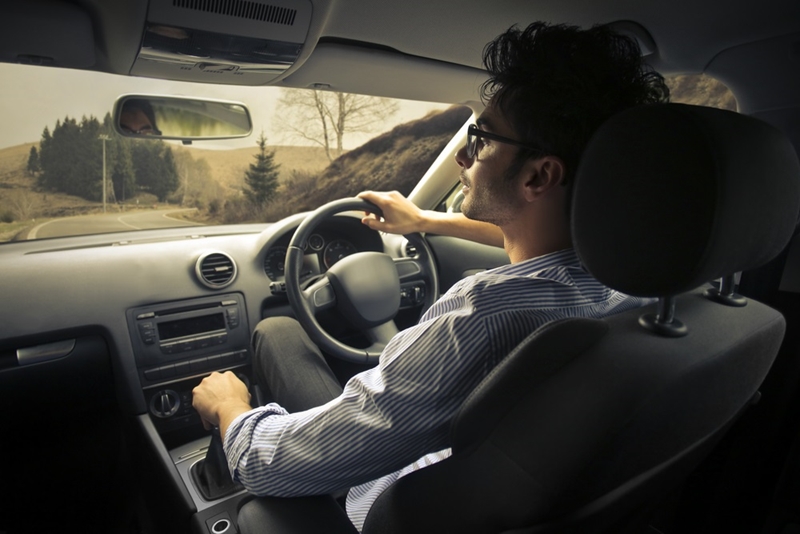
The vehicle identification number (VIN) is composed of 17 characters (digits and capital letters) that act as a unique identifier for the vehicle. A VIN displays the car's unique features, specifications and manufacturer.
The VIN can be found in a couple of places including on the car's registration label (1), on the compliance plate in the engine bay (2) or on the passenger side windshield (3), or on one of the door posts (where the door latches when it is closed) (4). See the image below:
It's easy to get caught up in life and the stresses of work. That can lead to a half-hearted attention span when driving, which can affect everyone on the roads, drivers and pedestrians alike.
If you're looking for a used car right after passing your learner's test, then hopefully all the safe driving tips are still fresh in your mind. A CarHistory report includes a car's safety rating and helps provide peace of mind that the vehicle you are considering buying meets safety standards.
However, if you've got a few years of driving under your belt, then it's possible you may have forgotten one or two aspects of driving safely, and while you may not regard your driving as dangerous, all it takes is one mistake for some serious damage.
Here's a quick refresher on some safe driving tips.
Check your car before you drive
State Fleet, by the NSW Government, reminds us to check the car before we drive1. If driving is a regular activity, then sometimes a quick once-over is sufficient. However, especially if it's a shared car, it's likely that there will be several things out of place that you need to correct before setting off on the road.
Firstly, your seat has to be in a correct position that allows you to hold the wheel and reach the pedals with ease. Don't hop in and wait until you reach a traffic light to adjust your seat as that can be highly dangerous for surrounding cars should your foot slip off the brake pedal.
Another thing to check are your mirrors. The rearview mirror especially as this is the one that changes drastically depending on your height and seat position. The side mirrors are easier to forget, and if you need to tilt them during your drive, make sure you pull over first.
It also helps to walk around your car once to make sure that there's no debris around that can damage your car or that you don't have a flat tyre.

Safe practices when driving
You may be confident to drive as though it's second nature, but all it takes are a few seconds of complacency to misjudge something or not realise what is happening around you.
Checking your mirrors is critical for awareness. Remind yourself to check them every few minutes - this could be whenever you pass a white car or a set of traffic lights, and always when you're making a manoeuvre. As long as it's a regular habit, you're on your way to safer driving.
The SA Government suggest watching your speed and following distance 2. It's all too easy to get caught behind a slower car when you're tardy or just impatient. Both increase the impact of a crash significantly, should one happen, so check yourself and ease off the pedal.
1NSW Government Statefleet, 50 tips for safer driving. Accessed January, 2016.